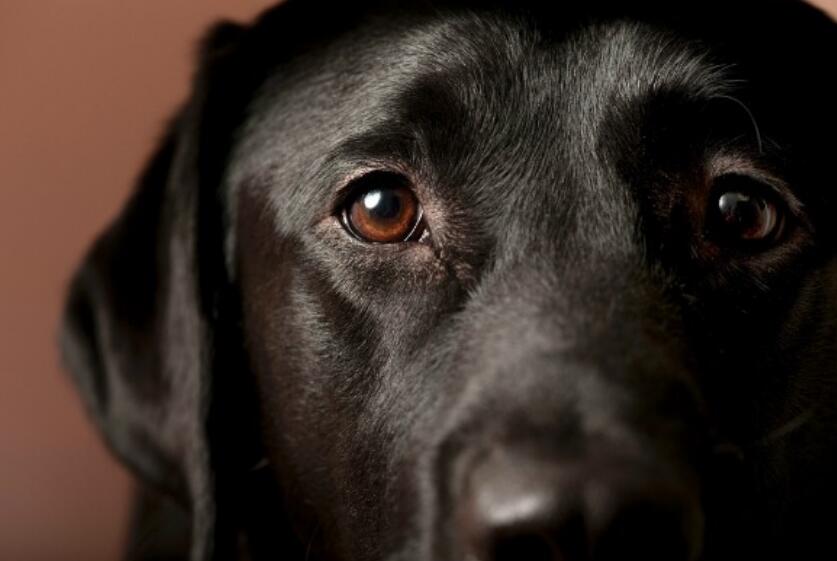 A dog’s eyes have an almost magical function – converting reflected light into nerve impulses that the brain uses to form images of the world. For this to happen, all parts of the eye must be healthy. Unfortunately, many diseases can disrupt the function of a dog’s eyes. Let’s take a look at the most common eye problems in dogs and how pet parents can deal with them.
A dog’s eyes have an almost magical function – converting reflected light into nerve impulses that the brain uses to form images of the world. For this to happen, all parts of the eye must be healthy. Unfortunately, many diseases can disrupt the function of a dog’s eyes. Let’s take a look at the most common eye problems in dogs and how pet parents can deal with them.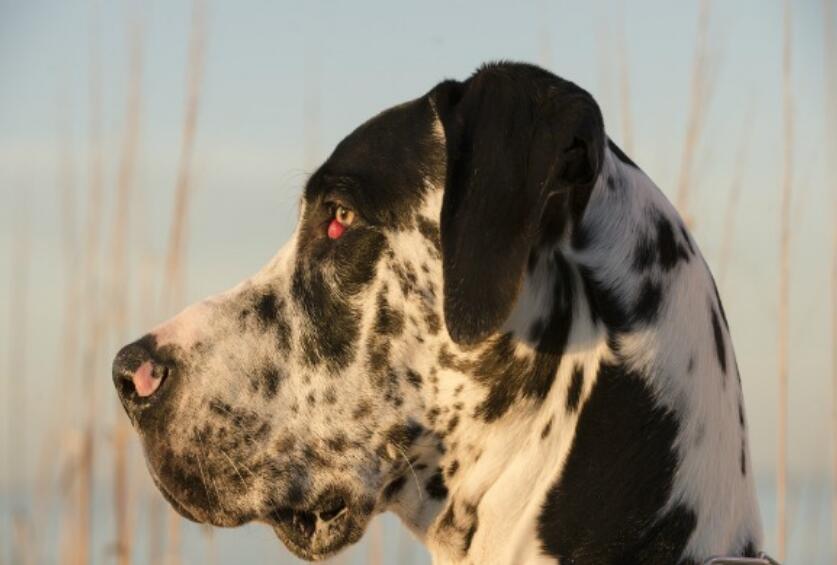 Cherry Eyes
Cherry Eyes
Dogs have three eyelids – two are easily visible and the other is called the third eyelid, which is usually hidden under the inner corner of the eye. The third eyelid is where the lacrimal gland is produced. Normally, this gland is also invisible, but some dogs have congenital defects in the ligaments that are used to hold the gland in place. When these ligaments fail, the gland becomes dislodged from its normal position and looks a bit like a “cherry” stuck in the inner corner of the eye. Because this condition usually has a genetic basis, both eyes are usually affected over time.
To treat cherry eyes, the veterinarian will perform a simple surgery to fix the gland in a more normal position. Corneal wounds
Corneal wounds
The surface of the eye is covered with a clear, skin-like layer of tissue called the cornea. Just like skin, the cornea can be injured, and cuts, punctures and ulcers are common in dogs. Trauma is usually the culprit, such as when a dog runs through tall grass and gets poked in the eye. In other cases, problems with the eye itself (such as poor tear production or abnormal anatomy) may damage the dog’s cornea. A dog with a corneal injury will often rub the affected eye and strabismus because of the pain. The eye may also be red and have excessive drainage.
Treatment of corneal trauma includes antibiotic eye drops or ointments to prevent or treat infection, manage pain and give the cornea time to heal. In severe cases, surgery or other treatments may be needed to protect or repair the cornea and promote healing.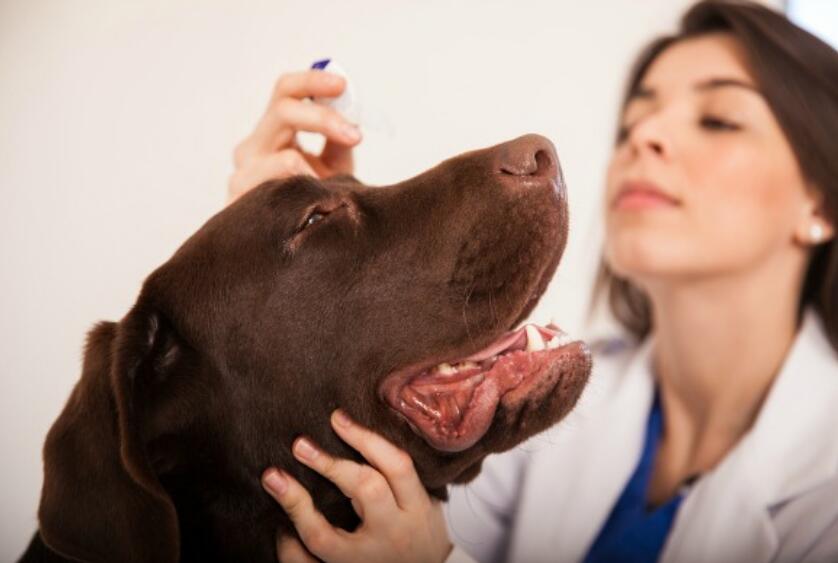 Conjunctivitis (KCS) or dry eye
Conjunctivitis (KCS) or dry eye
When dogs suffer from a condition called “dry eye”, their tear glands produce fewer tears than normal. Tears play important roles, such as removing potentially damaging substances from the surface of the eye and nourishing corneal tissue. Not surprisingly, a lack of tears can lead to serious problems, including corneal ulcers, chronic drainage of mucus from the eye and pain.
Mild KCS can sometimes be controlled by frequent use of artificial tears, but medications that stimulate tear production (such as cyclosporine) are often necessary. In severe cases, the ducts that deliver saliva can be surgically altered to moisten the eye. Conjunctivitis (red eye)
Conjunctivitis (red eye)
The conjunctiva is the mucous membrane that covers the inside of the eyelid, the sides of the third eyelid, and parts of the eye in dogs. “The terms “conjunctivitis” or “pink eye” are interchangeable and mean “inflammation of the conjunctiva. “Symptoms of conjunctivitis include redness, swelling, eye drainage and discomfort of the conjunctiva.
Conjunctivitis should be considered a symptom of the disease, not the disease itself. Many conditions can cause conjunctivitis in dogs, including physical irritation (such as dust and inward-growing eyelashes), infection (most commonly bacterial and viral), and allergic reactions. Treatment depends on the underlying cause. Sterile saline eye washes are available over the counter and can be used to flush irritants from the eye. Bacterial eye infections usually subside quickly when treated with the appropriate prescription antibiotic eye drops or eye ointment. The chances of getting pink eye from your dog are very low, but it only makes sense to wash your hands thoroughly after using your dog’s eye medication. If your dog’s conjunctivitis worsens or doesn’t get better within a day or two, then see your veterinarian.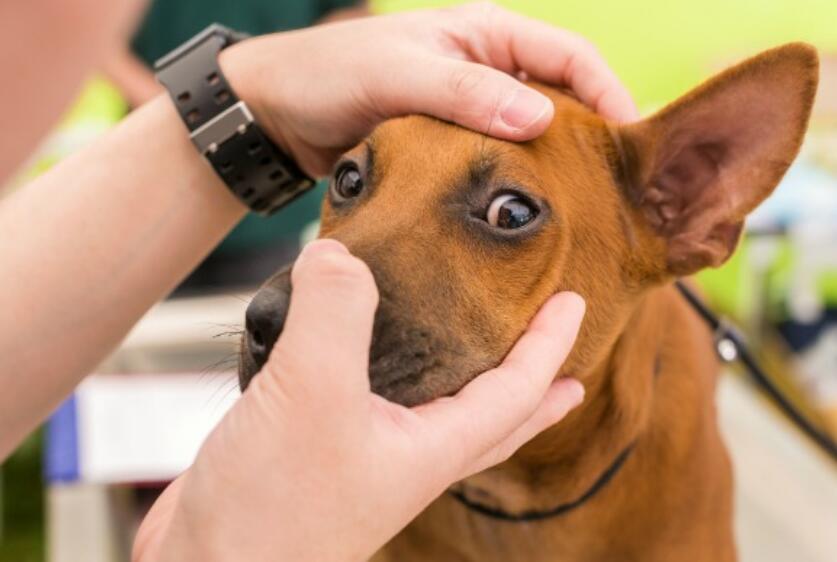 Glaucoma
Glaucoma
Inside the eye, fluid is produced and drained in a precise balance to maintain a constant pressure. When this balance is disturbed and the pressure in the eye increases, glaucoma occurs. Symptoms include pain, redness of the eye, increased tearing, visible third eyelid, cloudy cornea, dilated pupils and, in advanced stages, a markedly enlarged eye.
If you are concerned that your dog may have glaucoma, then call your veterinarian immediately, as delayed treatment can lead to blindness. Treatment includes a combination of topical and oral medications to reduce inflammation, absorb fluid from the eye, reduce fluid production in the eye and promote fluid drainage from the eye. In some cases, surgery is also an option.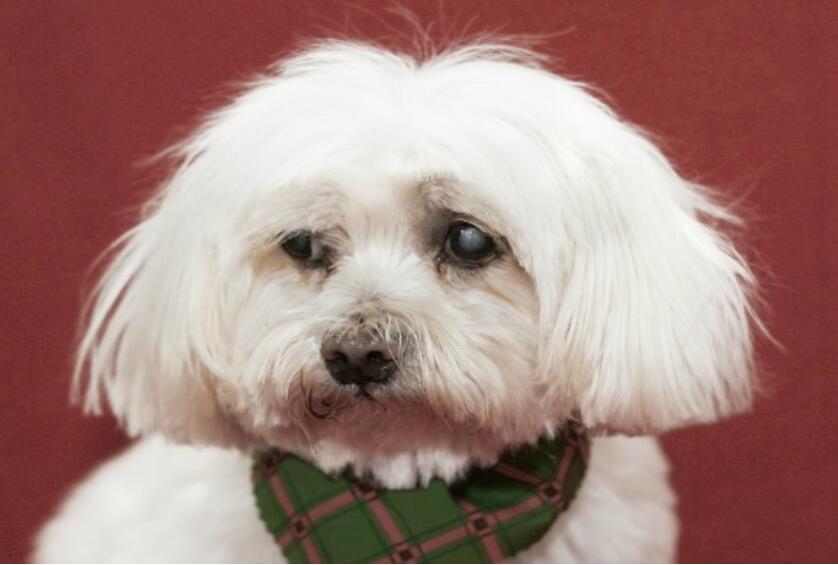 Cataracts
Cataracts
The lens is located in the middle of the eye and is normally clear, but sometimes some or all of the lens can develop a cloudy, opaque cataract. Cataracts can prevent light from reaching the back of the eye, resulting in vision loss or blindness, depending on the severity. Cataracts are often mistaken for a normal aging change that affects the dog’s lens (called lens sclerosis). Both conditions can give the pupil (the center of the eye is usually black) a white, gray or milky appearance, but veterinarians can identify them with a standard eye exam.
When a dog’s vision is severely impaired, cataract surgery may be performed. If this is not an option, it is important to recognize that most dogs adapt well to poor vision.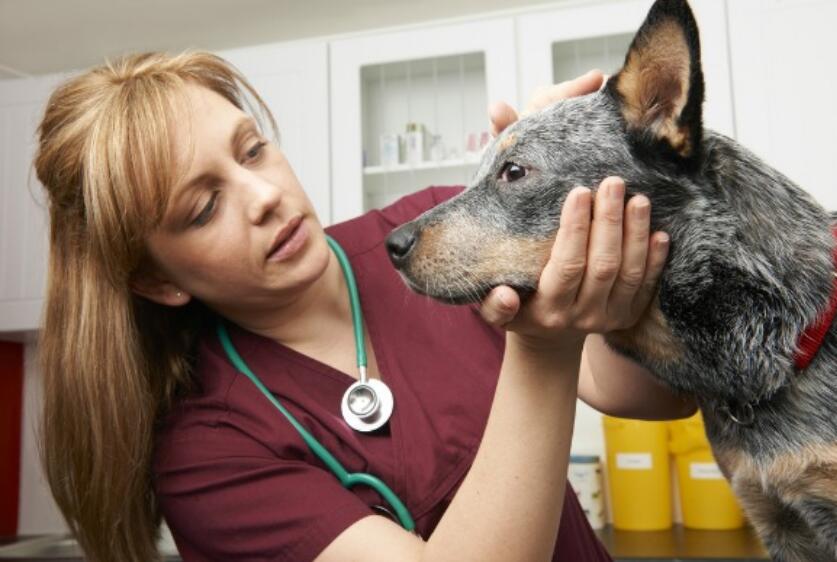 Entropion of the lid
Entropion of the lid
Some dogs have eyelids that flip inward. This is called entropion. Entropion can cause hair to rub against the surface of the eye, leading to pain, increased tear production, and eventual damage to the cornea. Entropion can be a congenital problem (dogs are born with it) or it can be a chronic strabismus caused by discomfort or eyelid scarring.
If the eyelid entropion is caused by a condition that will heal, the veterinarian can temporarily suture the eyelid to a more normal position (a procedure known as eyelid fixation). Surgery to permanently repair the abnormal eyelid anatomy is necessary in other cases.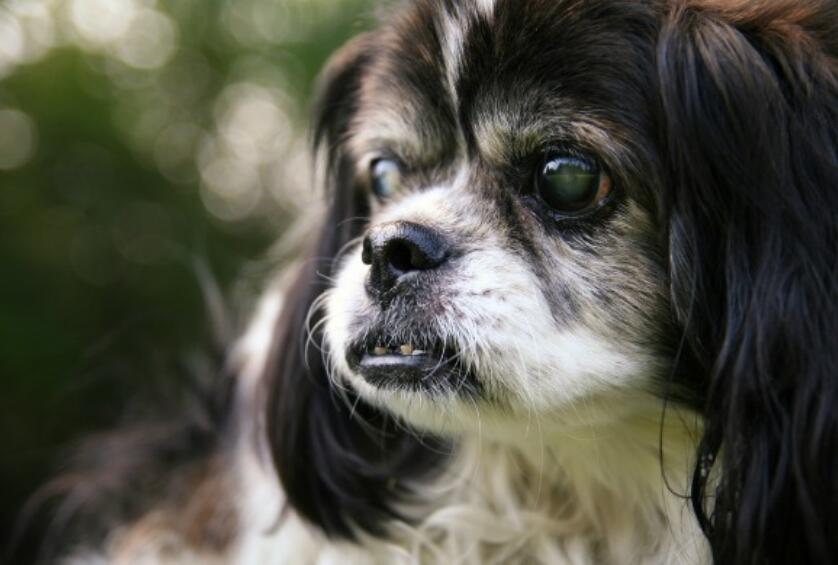 Progressive Retinal Atrophy (PRA)
Progressive Retinal Atrophy (PRA)
Certain eye conditions in dogs can be difficult to detect. This is the case of progressive retinal atrophy (PRA), a condition that causes dogs to become progressively blind, even if their eyes look normal. the first sign of PRA is usually difficulty seeing at night, but it is not unusual for dogs to behave normally until their vision is almost completely gone or they are taken to an unfamiliar environment.
Unfortunately, there is no effective treatment for PRA, but the condition is painless and the dog adapts very well to blindness. Talk to a veterinarian
Talk to a veterinarian
Of course, there are many more conditions that cause eye problems in dogs than those discussed here. Because eye problems have a tendency to get worse quickly, it is very important to discuss with your veterinarian as soon as possible what concerns you may have about your dog’s eyes.

